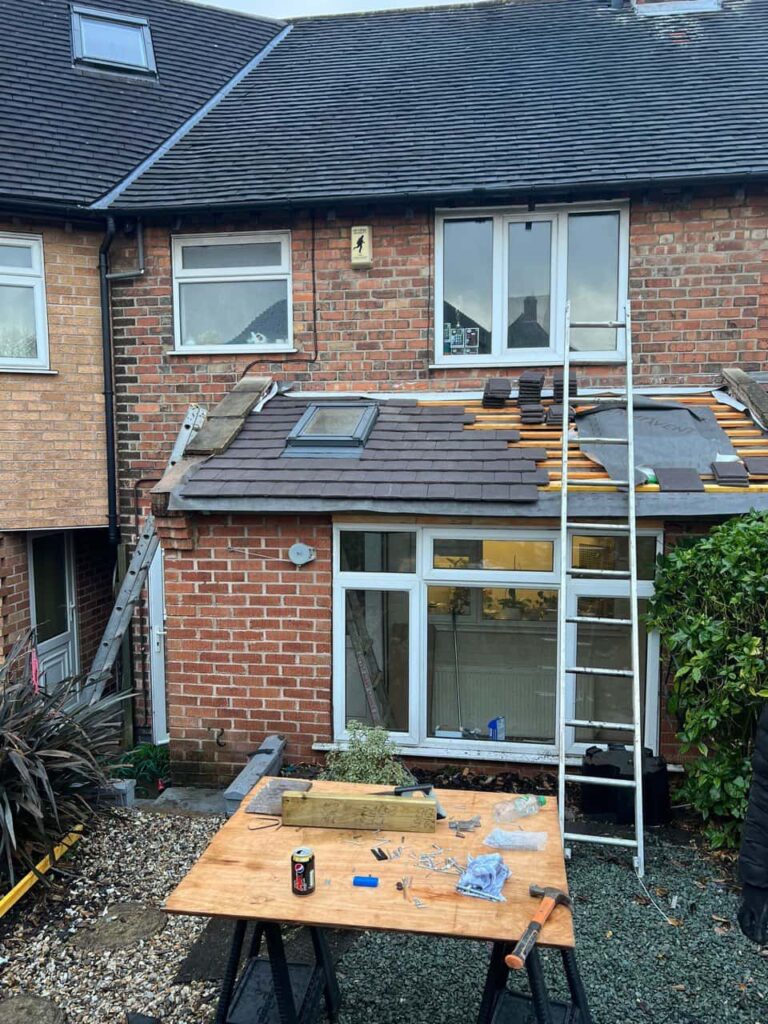Introduction: Felt roofing is a popular choice for residential and commercial properties due to its durability, affordability, and ease of installation. However, when installing or repairing a felt roof, it’s crucial to consider factors such as roof load capacity and structural integrity to ensure the safety and longevity of the roofing system. In this blog post, we’ll explore the importance of understanding roof load capacity for felt roofing and the structural considerations that need to be considered.
Importance of Roof Load Capacity:
Roof load capacity refers to the maximum weight a roof structure can support safely without compromising its integrity. Understanding the load capacity of a felt roof is essential, as exceeding this limit can lead to structural failure, collapse, and potential safety hazards. Factors that contribute to roof load include:
- Dead Load: The weight of the roofing materials, insulation, and any permanent fixtures or equipment installed on the roof, such as HVAC units or solar panels.
- Live Load: The weight of temporary or movable objects on the roof, such as snow, ice, rainwater, or maintenance personnel.
- Environmental Factors: The impact of environmental conditions such as wind, snow accumulation, seismic activity, and temperature fluctuations on the roof’s load-bearing capacity.
Structural Considerations for Felt Roofing:
When installing or repairing a felt roof, several structural considerations must be taken into account to ensure optimal performance and safety:
- Roof Framing: The type and condition of the roof framing, including rafters, trusses, and supports, play a crucial role in determining the load-bearing capacity of the roof. Properly designed and constructed roof framing is essential for distributing loads evenly and minimising stress on the roofing materials.
- Building Codes and Regulations: Compliance with local building codes and regulations is imperative when designing and constructing a felt roof. These codes specify minimum requirements for roof design, materials, and load-bearing capacity to ensure structural safety and integrity.
- Roof Pitch and Slope: The slope or pitch of the roof affects its ability to shed water, snow, and debris effectively. Felt roofing is suitable for low-slope and flat roofs, but proper drainage and waterproofing measures must be implemented to prevent water ponding and moisture infiltration.
- Structural Reinforcement: In some cases, structural reinforcement may be necessary to increase the load-bearing capacity of the roof, especially in areas prone to heavy snow loads, high winds, or seismic activity. Reinforcing the roof framing with additional supports or bracing can help distribute loads more evenly and reduce the risk of structural failure.
- Regular Inspections and Maintenance: Regular inspections are essential for identifying any signs of structural weakness, damage, or deterioration in the felt roofing system. Prompt repairs and maintenance can help prevent minor issues from escalating into major structural problems and ensure the long-term durability and performance of the roof.
Conclusion: Understanding roof load capacity and structural considerations is essential for ensuring felt roofing systems’ safety, stability, and longevity. By carefully assessing the load-bearing capacity of the roof, adhering to building codes and regulations, and implementing proper structural design and maintenance practices, property owners can mitigate risks and maximise the performance of their felt roofs for years to come.
Call us on: 01353 881 092
Click here to find out more about Soham Roofing Repairs
Click here to complete our contact form and see how we can help with your roofing needs.

